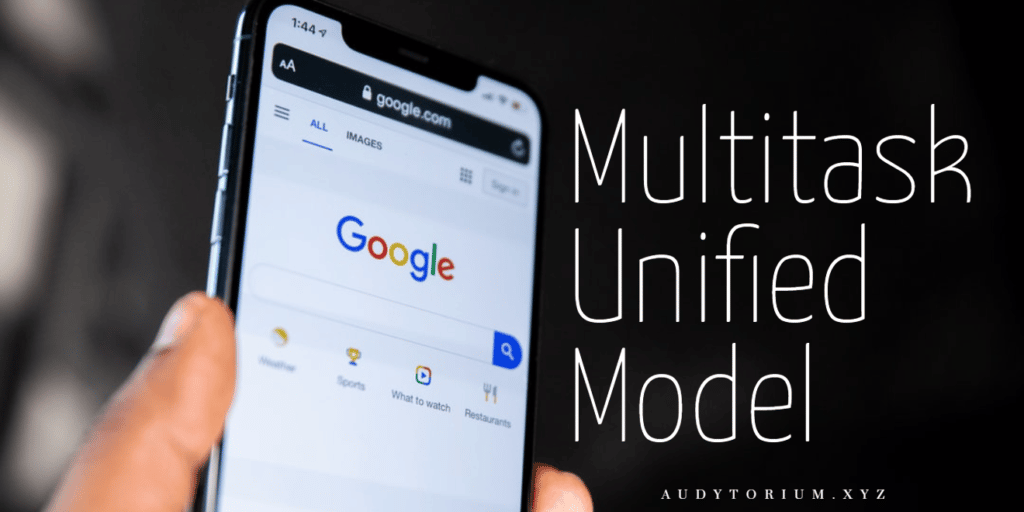Today briefly about Google’s MUM, or Multitask Unified Model. This is another already announced step by Google towards Entity Oriented Search, as well as faster delivery of information, expanding the knowledge presented in a comprehensive manner and taking work away from SEO specialists who fail to notice these changes in time.
Spis treści
What is MUM
The Multitask Unified Model is a technology from Google engineers based on – how else – the goodness of AI to better understand complex queries.
We’ve been through this before, so how is MUM different from other such ideas? The example Google gives explains it best:
I have already climbed to the top of Mount Adams. Now I want to climb Mount Fuji, what to do differently, how to prepare?
Instead of performing a dozen searches on the subject, Google wants the answer to sound like it was given by someone who has already climbed both mountains. It’s like we’re taking advice from an experienced climber who will lay out the information for us in one conversation.
The information in doing so is to:
- No language barriers – even if the knowledge source Google uses is in Japanese
- no restrictions on the medium – if you have to the answer can include text, graphics or video
- perfected with the cooperation of the AI supported Search Quality team.
The above features of MUM have been the focus of the industry, in my opinion quite wrongly. Indeed, the most important feature of the new technology will be…
What makes MUM a unique concept?
Previous models have focused on trying to understand the user. Google has its own knowledge base, so when someone typed in:
Where to find mr. tadeus?
… Google’s job was just to figure out which answer would be the most appropriate:
- in the library
- in Torun
- at a liquor store
- in “Laugh Worthy”
Whether it was Mickiewicz’s epic, Tadeusz Rydzyk’s, “Pan Tadeusz” vodka or Mr. Drozda’s, Google has the relevant knowledge on each of these topics, and all it needs to do is reach for it and serve it up.
Now Google goes a step further, as it also performs operations on the data itself, so to speak, on the server side. It doesn’t just serve the user with dry data, but “processes” it according to the user’s intention.
Mum fits in with the idea of Entity Oriented Search, which I try to introduce on this blog as often as possible. Well, while the whole idea of MUM takes full advantage of the benefits of Entities Oriented Knowledge, its main and fundamental advantage lies precisely in the most important attribute of Entity Oriented Search – that is, the logical and orderly indication of relationships between knowledge units.
If you’re interested in Entity Oriented Search, I’ve written several times about elements of this idea:
Using the above example (“climbing Mt. Fuji – what to do differently?”) – Google’s mere knowledge of said mountains does not solve the problem of instant answers to this particular question. Only by understanding what attributes of a knowledge unit are responsible for specific information about them can an answer be obtained.
Google will therefore compare attributes such as altitude, elevation, average temperature, mountain structure, traffic restrictions (such as the presence of national parks, etc.). All this data Google has long had (nay, most of it is even available in Freebase dumps or on Wikidata).
With a structured order of relationships between the data, it can be “processed” and presented to the user as intended. That is, in this case: compare the same attributes of the mountain with each other and point out differences that can affect the climb.
When will MUM come under thatched roofs?
As is usual with Google – the introduction of the technology will be imminent, but almost certain. Surprisingly, this time the search engine by the mouth of Pandu Nayak even outlined a sort of sketch roadmap indicating the order in which the technology should be implemented.
In the short term, Google will address knowledge transfer between languages. In other words, Google needs time to map what is said with what is known, i.e. to assign words to knowledge units with linguistic models, making knowledge units universal, independent of language. This is happening right now.
In the medium term, Google is expected to focus on “multimodal features.” The idea is not only to make the answer multimedia, i.e. to include graphics, text and videos. Multimedia can also be a question. It is about the complete inclusion of other platforms, such as. Image Search into the whole process – such as asking questions about the uploaded image.
Only in the long run will magic happen, bringing everything together. Magic, or better understanding of the query using AI, with many types of queries enjoying the benefits of Entity Oriented Search and understanding the essence of the links between Entities.
PS. And if you’re interested in this approach to SEO – focused on results, but not afraid to think about the future either – feel free to contact me.


